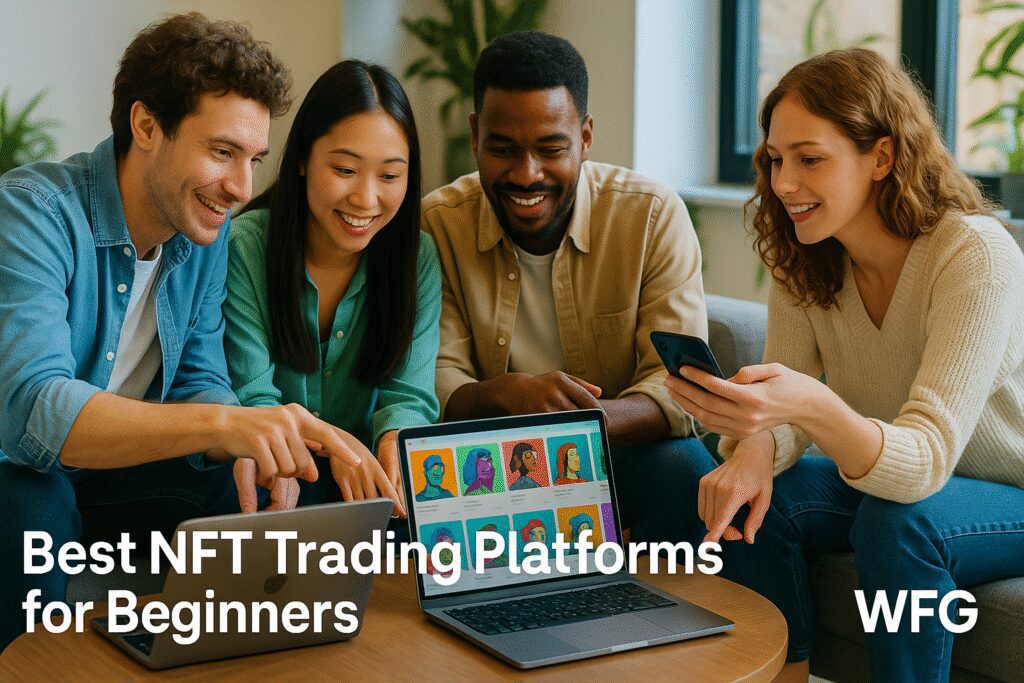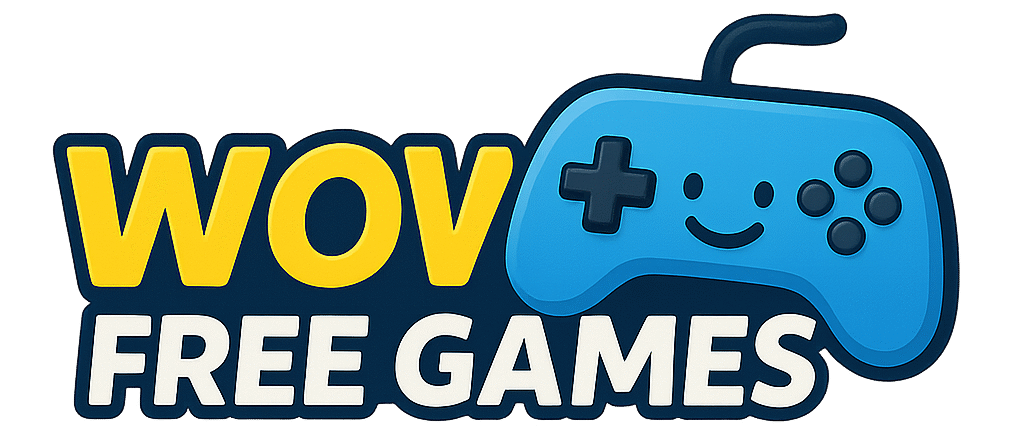NFT trading platform selection can feel overwhelming when you’re just starting your digital collectibles journey. With hundreds of platforms available and countless stories of both massive profits and devastating losses, knowing where to begin seems impossible. This comprehensive guide breaks down everything you need to know about NFT trading platforms, helping you make informed decisions without falling into common beginner traps.
What is an NFT Trading Platform?
Breaking Down NFT Trading Platforms in Simple Terms
An NFT trading platform serves as a digital marketplace where people buy, sell, and trade non-fungible tokens. Think of it like eBay or Amazon, but specifically designed for unique digital items like artwork, music, collectibles, and virtual assets. These platforms connect NFT creators with collectors, providing the infrastructure needed for secure transactions on blockchain networks.
Unlike traditional marketplaces, NFT trading platforms operate on decentralized networks, primarily Ethereum, though many now support multiple blockchains. This means your purchases are recorded permanently on the blockchain, proving authentic ownership of your digital assets.
How NFT Trading Platforms Work (Step-by-Step Process)
The process begins when creators mint their digital content as NFTs on the platform. Minting transforms regular digital files into blockchain-verified unique tokens. Once minted, these NFTs appear in the marketplace where potential buyers can browse, research, and make offers.
When you decide to purchase an NFT, the platform facilitates the transaction between your digital wallet and the seller. The blockchain records this transfer, updating ownership records permanently. Payment typically occurs in cryptocurrency, though some platforms now accept credit cards for beginners.
Best Rated Online Gambling Sites in 2025: Play Safe, Win Big
After purchase, the NFT appears in your connected wallet, proving ownership. You can then hold it as an investment, display it in virtual galleries, or resell it on the same or different platforms.
Why You Need a Platform to Trade NFTs
While technically possible to trade NFTs directly between wallets, platforms provide essential services that make trading practical and safer. They offer user-friendly interfaces that translate complex blockchain interactions into simple clicks and buttons.

Platforms also provide discovery mechanisms, helping you find NFTs that match your interests and budget. Without platforms, finding specific NFTs would require knowing exact wallet addresses and contract numbers, making trading nearly impossible for beginners.
Most importantly, reputable platforms implement security measures, dispute resolution systems, and verification processes that protect both buyers and sellers from common scams and technical errors.
Essential Features Every Beginner Should Look for in an NFT Trading Platform
User-Friendly Interface and Navigation
Your chosen platform should feel intuitive from the moment you arrive. Look for clear navigation menus, obvious search functions, and detailed NFT listings that include high-quality images, creator information, and transaction history. Avoid platforms with cluttered layouts or confusing terminology that makes simple tasks feel complicated.
The best beginner-friendly platforms offer guided tutorials, tooltip explanations, and step-by-step walkthroughs for common actions like connecting wallets or making purchases. These educational elements significantly reduce the learning curve and prevent costly mistakes.
Security Measures and Platform Reputation
Security should be your top priority when selecting an NFT trading platform. Research the platform’s history, looking for any major hacks, security breaches, or unresolved user complaints. Established platforms with strong reputations typically invest heavily in security infrastructure and maintain transparent communication about their protective measures.
Look for platforms that use two-factor authentication, email confirmations for transactions, and secure wallet connections. Reading user reviews and checking social media discussions can reveal important security insights that official websites might not highlight.
Payment Options and Wallet Integration
Beginner-friendly platforms support multiple payment methods, including credit cards alongside traditional cryptocurrency options. This flexibility allows you to start trading without first learning complex cryptocurrency exchanges and wallet management.
Wallet integration should be seamless and support popular options like MetaMask, Coinbase Wallet, and WalletConnect. The platform should clearly explain wallet requirements and provide setup assistance for newcomers to cryptocurrency wallets.
Customer Support and Educational Resources
Quality customer support becomes crucial when problems arise, especially for beginners navigating their first transactions. Look for platforms offering multiple support channels including live chat, email support, and comprehensive FAQ sections.
Educational resources like video tutorials, written guides, and community forums indicate a platform’s commitment to user success. Platforms that invest in education typically maintain higher user satisfaction and fewer support tickets, suggesting better overall user experiences.
Understanding the Costs: Fees and Expenses on NFT Trading Platforms
Platform Fees vs. Blockchain Gas Fees
NFT trading involves two distinct cost categories that beginners often confuse. Platform fees represent the marketplace’s commission, typically ranging from 2.5% to 10% of transaction value. These fees fund platform operations, customer support, and security measures.
Blockchain gas fees are separate costs required for processing transactions on the underlying network. These fees fluctuate based on network congestion and can sometimes exceed the NFT’s purchase price during peak usage periods. Understanding this distinction helps avoid shocking surprise costs.
Hidden Costs Beginners Often Miss
Beyond obvious platform and gas fees, several hidden costs can impact your budget. Currency conversion fees apply when using credit cards to purchase cryptocurrency for NFT transactions. Some platforms charge listing fees for sellers, which affects resale profits.
Wallet transaction fees occur when moving NFTs between platforms or wallets. Storage costs might apply for platforms hosting NFT metadata or images. Always review complete fee structures before committing to any platform or major transaction.
How to Calculate Total Trading Costs
Before making your first NFT purchase, calculate total costs including the NFT price, platform fees, gas fees, and any payment processing charges. Many platforms provide fee calculators or transaction previews that show exact costs before confirmation.
Consider timing your transactions during off-peak hours when gas fees are lower. Weekends and late night hours often offer reduced network congestion and cheaper transaction costs.
Top NFT Trading Platforms for Complete Beginners
Beginner-Friendly Platform Characteristics
The best platforms for newcomers prioritize simplicity without sacrificing functionality. They offer clear onboarding processes, comprehensive educational materials, and responsive customer support. Look for platforms with active communities where beginners can ask questions and learn from experienced users.
Beginner-friendly platforms typically support fiat currency payments, reducing the initial complexity of acquiring cryptocurrency. They also implement strong content moderation to minimize exposure to scams and inappropriate content.
Popular Platforms and Their Pros/Cons
OpenSea remains the largest NFT marketplace, offering extensive selection and established reputation, but its interface can overwhelm newcomers. Coinbase NFT provides excellent integration with Coinbase’s ecosystem, making it ideal for existing Coinbase users, though its selection remains limited.
Foundation focuses on curated, high-quality artwork with a more selective approach, while Magic Eden specializes in Solana-based NFTs with lower transaction costs. Each platform serves different needs and preferences.
Making Your First Platform Choice
Start with one platform rather than spreading across multiple marketplaces initially. Choose based on your primary interests, whether that’s digital art, gaming items, or music NFTs. Consider starting with platforms that accept credit card payments to simplify your first transactions.
Research the platform’s primary blockchain network, as this affects transaction costs and wallet requirements. Ethereum-based platforms offer the largest selection but higher fees, while alternative blockchains provide cheaper transactions with smaller marketplaces.
Safety First: Protecting Yourself on NFT Trading Platforms
Red Flags to Avoid When Choosing Platforms
Avoid platforms with poor website design, limited contact information, or promises of guaranteed profits. Be wary of new platforms without established track records or user reviews. Platforms pressuring immediate action or offering deals that seem too good to be true often indicate scam operations.
Check for proper security certificates, transparent fee structures, and clear terms of service. Legitimate platforms provide detailed information about their operations, team members, and security measures.
Essential Security Practices for Beginners
Never share your wallet’s private keys or seed phrases with anyone, including customer support representatives. Use strong, unique passwords for platform accounts and enable two-factor authentication wherever available.
Start with small transactions to test platform functionality and your understanding of the process. Keep detailed records of all transactions for tax purposes and dispute resolution.
Common Scams and How to Spot Them
Phishing attempts often mimic legitimate platforms with slightly different URLs or design elements. Always verify you’re on the correct website before entering sensitive information. Fake NFT collections copy popular projects with similar names and artwork, targeting uninformed buyers.
Social media scams promise exclusive access or guaranteed profits in exchange for upfront payments. Legitimate platforms never require cryptocurrency payments for basic access or customer support services.
Getting Started: Your First Steps on an NFT Trading Platform
Account Setup and Verification Process
Begin by visiting your chosen platform’s official website and creating an account using a secure email address and strong password. Complete any required identity verification processes, which might include providing identification documents and address confirmation.
Take time to explore the platform’s interface and educational resources before making any financial commitments. Familiarize yourself with key features like search functions, filtering options, and user profiles.
Connecting Your Wallet Safely
Download and set up a compatible cryptocurrency wallet following official instructions from the wallet provider. Record your seed phrase securely and never share it with anyone. When connecting your wallet to the platform, carefully review all permissions and connections.
Test the connection with a small transaction or by viewing your wallet balance through the platform interface. Ensure you understand how to disconnect your wallet when finished trading.
Making Your First NFT Purchase
Start with inexpensive NFTs to learn the purchase process without significant financial risk. Research the NFT’s creator, transaction history, and authenticity before buying. Review all fees and costs in the transaction preview before confirming.
Best NFT Games to Earn Money in 2025: A Complete Guide for Gamers and Crypto Enthusiasts
After purchase, verify the NFT appears in your wallet and the transaction completed successfully on the blockchain. Keep records of your purchase for future reference and tax reporting.
Frequently Asked Questions About NFT Trading Platforms
Do I need cryptocurrency to use NFT trading platforms?
Most NFT trading platforms require cryptocurrency for purchases, though many now accept credit cards that automatically convert to crypto. You’ll still need a cryptocurrency wallet to store purchased NFTs, but some platforms simplify this process with integrated wallet solutions.
Are NFT trading platforms regulated and safe?
NFT trading platforms operate in a largely unregulated environment, making platform selection crucial for safety. While reputable platforms implement security measures and best practices, users bear responsibility for protecting their accounts and assets through proper security hygiene.
How much money do I need to start trading NFTs?
You can start trading NFTs with as little as $50-$100, though transaction fees might consume a significant portion of small purchases. Budget for NFT costs, platform fees, and blockchain gas fees when planning your initial investment.
Can I sell NFTs I create on these platforms?
Most NFT trading platforms allow users to mint and sell original creations, though some require application processes or minimum follower counts. Review each platform’s creator requirements and fee structures before choosing where to launch your NFT projects.
What happens if the trading platform shuts down?
Your NFT ownership exists on the blockchain independently of trading platforms, so platform closure doesn’t affect your ownership rights. However, you might lose access to platform-hosted metadata, images, or community features, potentially affecting your NFTs’ functionality or value.



